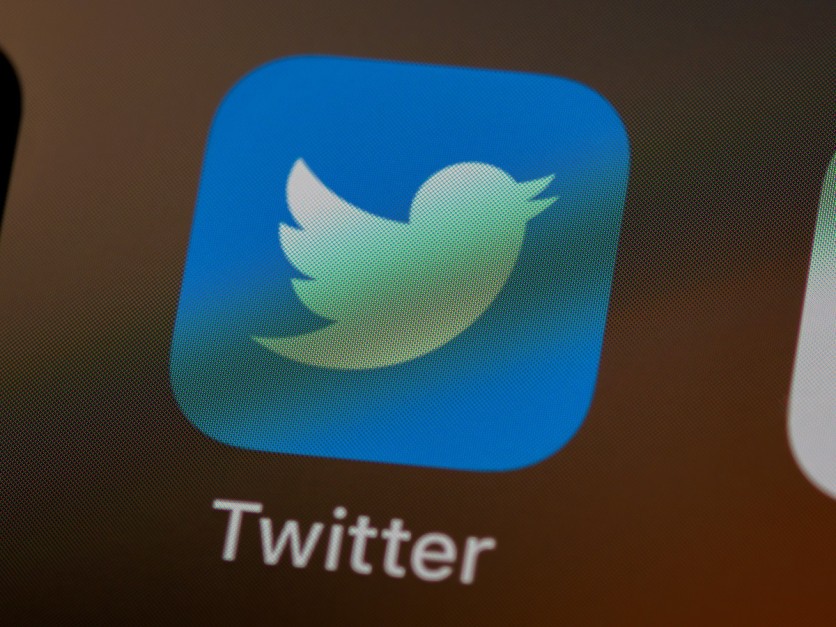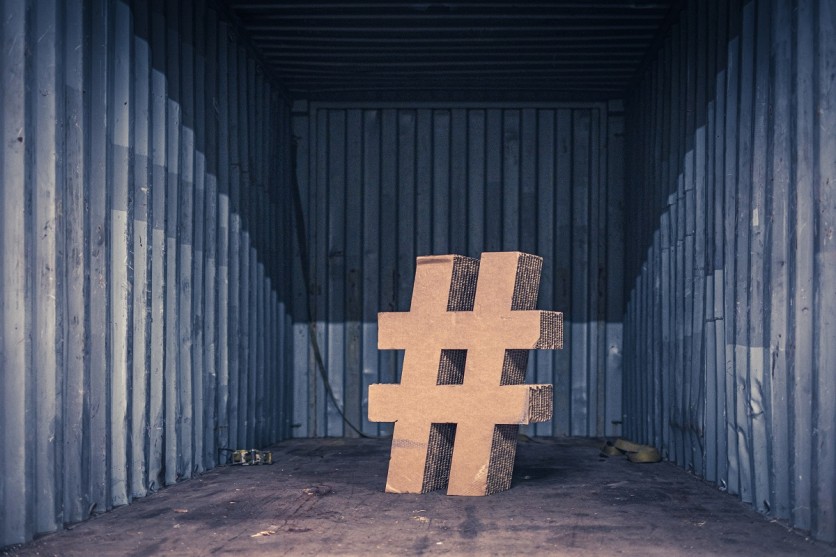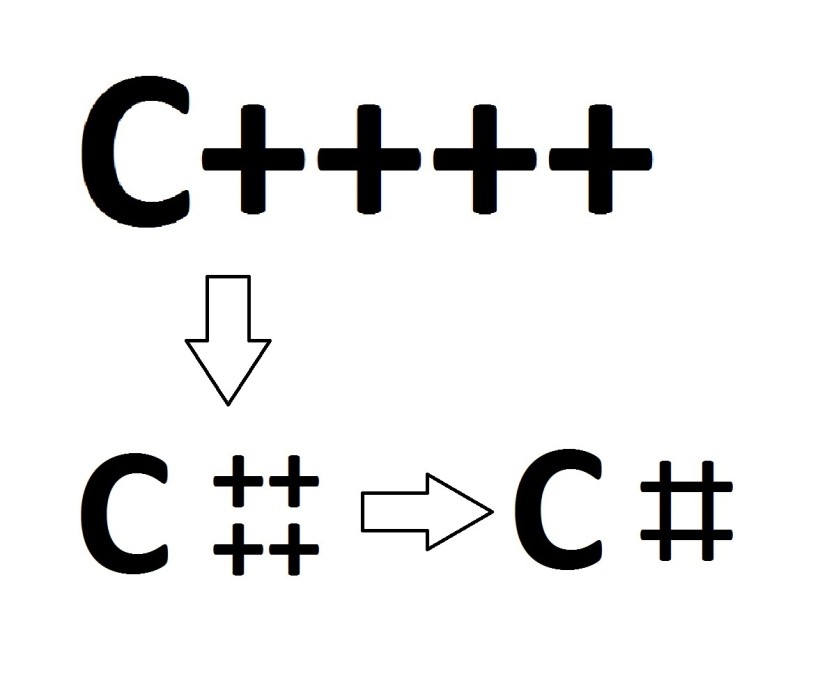Social media has reached a certain level of popularity that is has also become so powerful nowadays. It is not just a special symbol for number or pound, but also a way to make a certain thing trend in Facebook, Instagram, and of course, Twitter.
While its uses have already evolved through time, there are some things worth knowing. Here are 10 fun facts about hashtags:

1. Twitter did not invent the hashtag
While hashtag first surfaced on social media via Twitter, the company did not invent it. Jack Dorsey, Biz Stone, Evan Williams, and Noah Glass created Twitter was launched in July 2006 while the hashtag was invented in August 2007 by Twitter user Chris Messina.
Messina proposed using the hash or pound symbol before the keyword to make tweets easier to search. Twitter was new at the time and Chris wanted to make tweets more searchable and organized.
The symbol was used widely on the Internet Relay Chat (IRC), which Messina has been using then. He began using hashtag in his tweets then created a proposal and pitched it to Stone who dismissed it because it was "too nerdy." Two months after, Chris urged users to tweet about the San Diego wildfire using hashtags, which prompted Twitter to update its algorithm that made hashtags clickable.

2. What it means
While Messina may have used hash symbol, which he called then as "pound," he actually would have wanted to call it as "tag channels" or "channel tags," although the public did not pick them up. It was Stowe Boyd who coined the term "hash tag" when Messina pitched his proposal. While it was supposed to be two words, an unknown person combined them to form a new word.
3. It was never patented - but why?
Chris Messina invented hashtag but he never patented it because getting a patent would delay public's use of hashtags, which would go against his reason for creating it - to make more people use it. While he could have been a multimillionaire from it, Messina said he is not interested of making money from it. In fact, seeing more people use hashtags makes him happy.
4. Hash versus hashtag
The symbol used before the keyword is called hash (or pound) while the symbol and the keyword is called a hashtag. For instance: In #Freedom, # is has symbol, Freedom is the keyword while combination #Freedom is called hashtag Freedom.
5. There are two hashes
The United Nations agency International Telecommunications Union (ITU) sets common standards for the communication and information technologies and services. It released a manual in 1988 on how telephone makers should arrange their numbers and symbols. It also acknowledges two hash buttons: the 90 degrees upright European version and the slightly slanted 80 degrees American version.
Read also: Wonder Why #SaveTheChildren Was Blocked on Facebook? Check out This Altered Photo of Tom Hanks
6. Its official name is octothorpe
While Chris Messina called the symbol as "pound," Americans and other people call the hash symbol "pound," which was formed from lb, which is a common unit for weight in the U.S., which means the Latin word "libra pondo" or "pound by weight."

The symbol was later called as hash because of its similarity to military uniforms' hash stripes. However, when it first appeared on telephones, it is officially called as octothorpe. Etymologists suggest that this term may have originated from Old Norse term for "farm" or "field" or was named from US athlete Jim Thorpe.
7. From lb to #
From lb or "libra pondo," which was used as a weight unit, English added a stroke on the topmost part of l and b to show specify that it was a shortened word. It was later turned into # symbol as English scribes were not paying attention to spelling as they were writing faster.
8. It was added to telephones for no reason
Telephone manufacturers created a touch-tone system in 1963, which assigned a distinct tone to each row and column on telephone keypad and aims to solve the early common dialing problems.
However, with the 3× keypad arrangement, only 0 was on the last row, so AT&T engineers at Bell Laboratories added * and # buttons to use the spaces on both sides of 0. While the buttons initially had no purpose, they were later used to access functions on the telephone.
9. C# is C-sharp, C-hash
In programming, the C# programming language is called C-sharp, not C-pound or C-hash. While developer Anders Hejlsberg developed the language originally called it Cool or "C like Object Oriented Language," it was too difficult to get a trademark.

Thus, Hejlsberg and his team added two plus signs to C++ and formed C++++, and later combined combining all plus signs creating a sign, which was similar to the music symbol, sharp. People eventually used the hash sign, which is easier to access on keyboards.
10. Why it's a controversial word
After Oxford English Dictionary added the word in June 2014, hashtag became an English word officially. However, the Oxford defined it as the symbol itself as well as the word or phrase that comes after the hash symbol. Quit confusing?
However, Twitter helped ease the confusion as it takes the # symbol as a hashtag, so #Freedom is read as hashtag Freedom.
This is owned by Tech Times
Written by CJ Robles
ⓒ 2026 TECHTIMES.com All rights reserved. Do not reproduce without permission.




